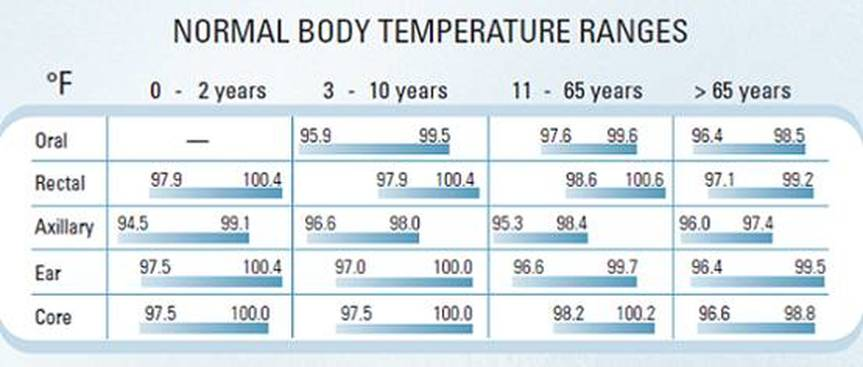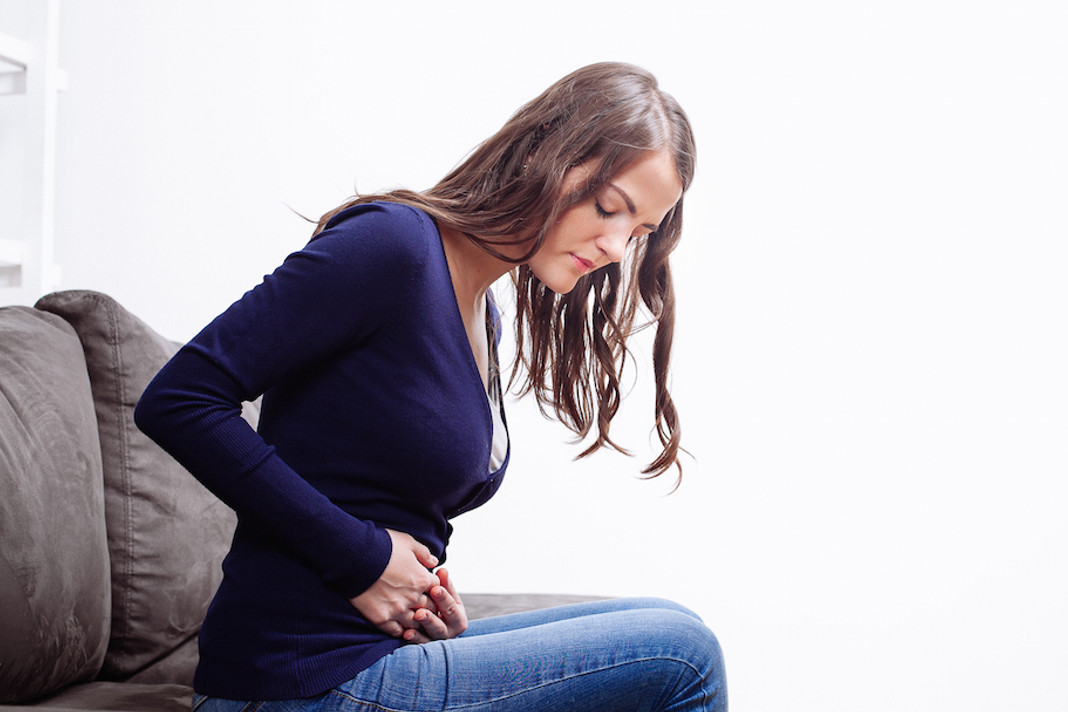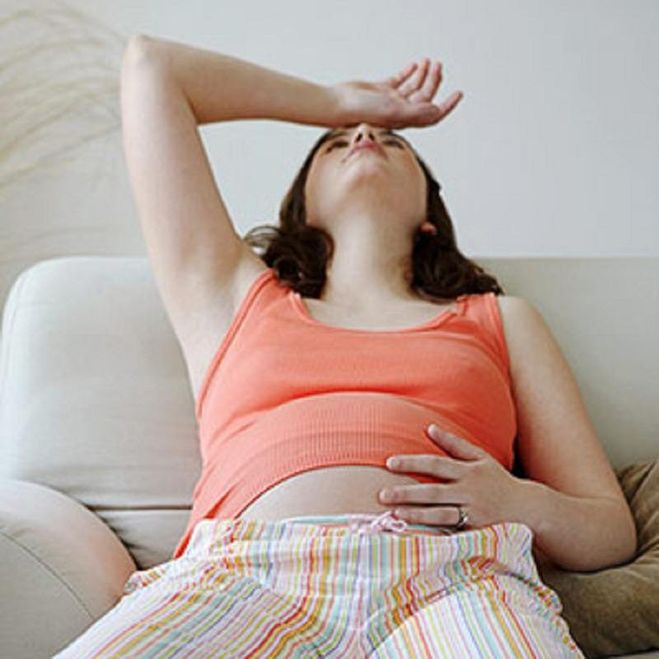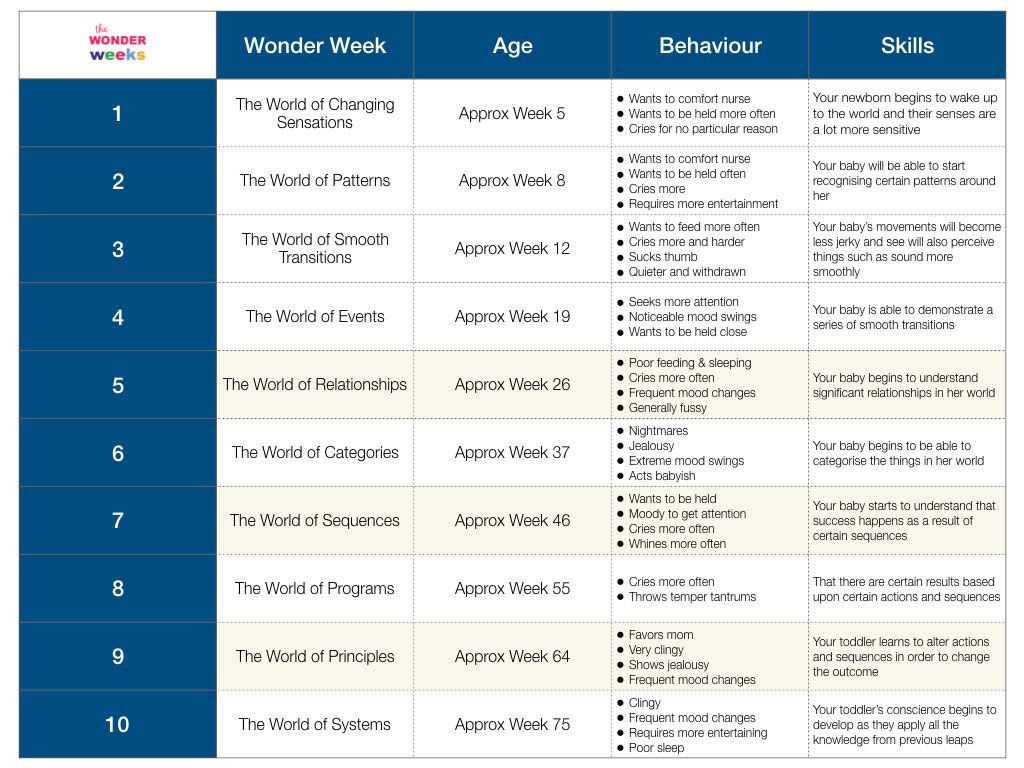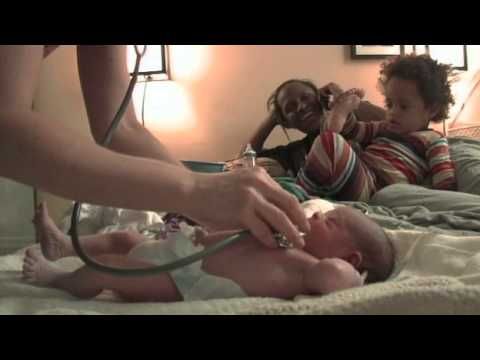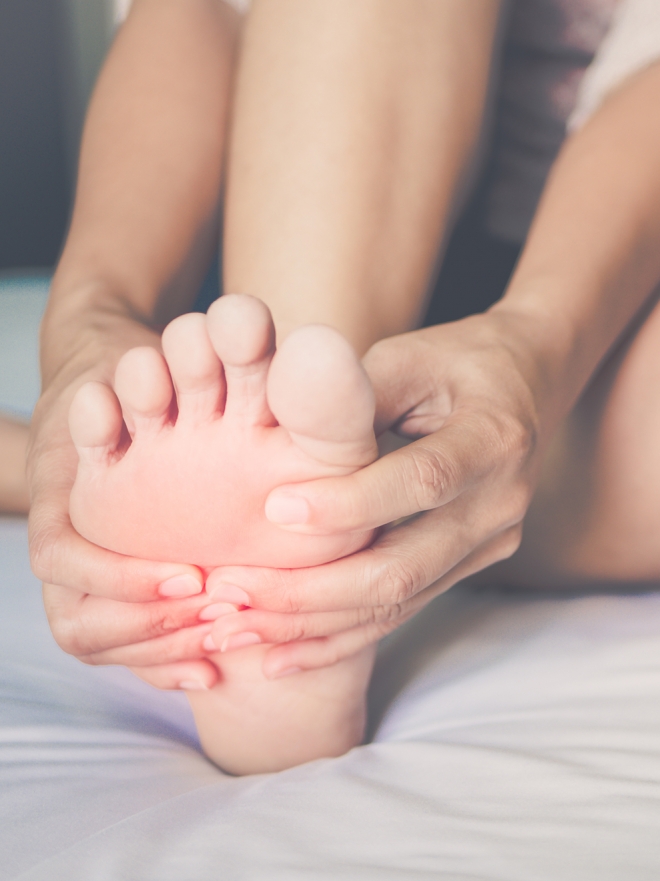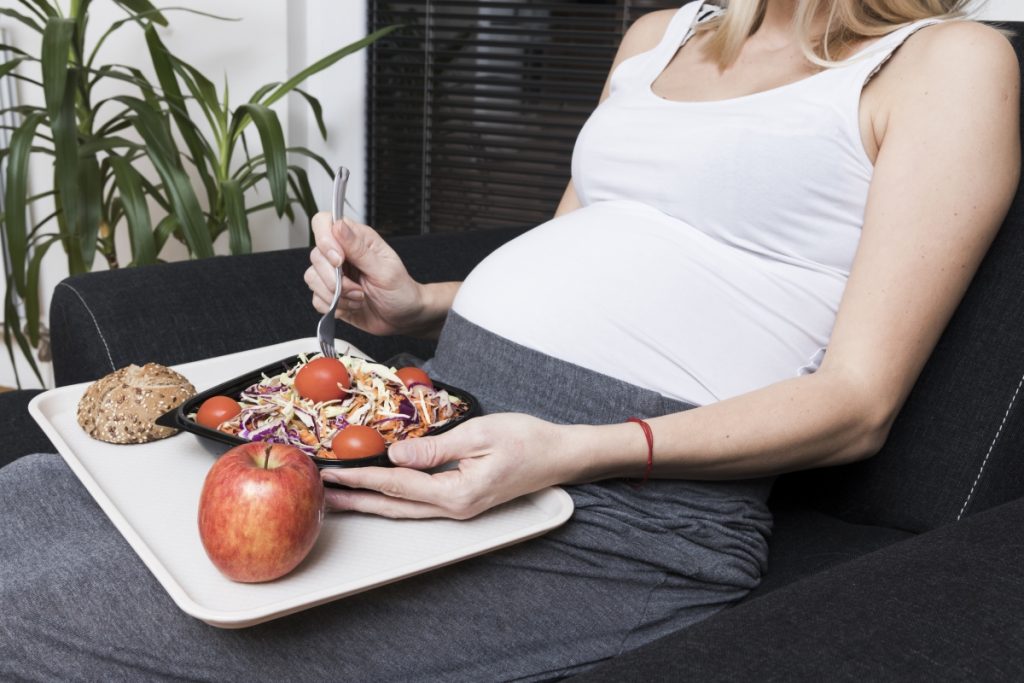What should baby body temperature be
Fever (0-12 Months)
Is this your child's symptom?
- An abnormal high body temperature
- Fever is the only symptom. Your child has a true fever if:
- Rectal (bottom), Ear or Forehead temperature: 100.4° F (38.0° C) or higher
- Under the arm (armpit) temperature: 99° F (37.2° C) or higher
- Caution: Ear temperatures are not accurate before 6 months of age
- Caution: Forehead temperatures must be digital. Forehead strips are not accurate.
Causes of Fever
- Overview. Almost all fevers are caused by a new infection. Viruses cause 10 times more infections than bacteria. The number of germs that cause an infection are in the hundreds. Only a few common ones will be listed.
- Viral Infections. Colds, flu and other viral infections are the most common cause. Fever may be the only symptom for the first 24 hours. The start of viral symptoms (runny nose, cough, loose stools) is often delayed.
Roseola is the most extreme example. Fever may be the only symptom for 3 to 5 days. Then a rash appears.
- Bacterial Infections. A bladder infection is the most common cause of silent fever in girls.
- Vaccine Fever. Fever with most vaccines begins within 12 hours. It lasts 2 to 3 days. This is normal and harmless. It means the vaccine is working.
- Newborn Fever (Serious). Fever that occurs during the first 3 months of life can be serious. All of these babies need to be seen as soon as possible. The fever may be due to sepsis (a bloodstream infection). Bacterial infections in this age group can get worse quickly. They need rapid treatment.
- Meningitis (Very Serious). A bacterial infection of the membrane that covers the spinal cord and brain. The main symptoms are a stiff neck, headache and confusion. Younger children are lethargic or so irritable that they can't be consoled. If not treated early, can suffer brain damage.
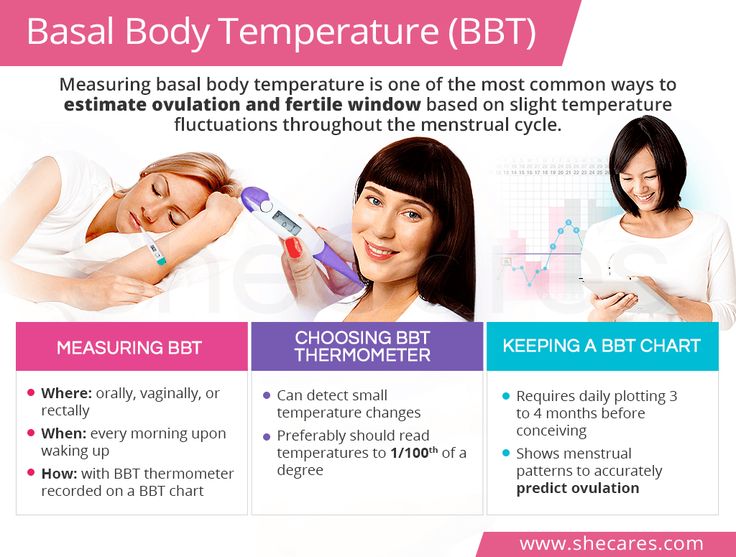
- Overheated. The fever is usually low grade. Can occur during heat waves or from being overdressed. The temp becomes normal in a few hours after moving to a cooler place. Fever goes away quickly with rest and drinking extra fluids.
- Not Due to Teething. Research shows that "getting teeth" does not cause fevers.
Fever and Crying
- Fever on its own shouldn't cause much crying.
- Frequent crying in a child with fever is caused by pain until proven otherwise.
- Hidden causes can be ear infections, kidney infections, sore throats and meningitis.
Normal Temperature Range
- Rectal. A reading of 98.6° F (37° C) is just the average rectal temp. A normal low can be 96.8° F (36° C) in the morning. It can change to a high of 100.3° F (37.9° C) late in the day. This is a normal range.
When to Call for Fever (0-12 Months)
Call 911 Now
- Not moving
- Can't wake up
- Severe trouble breathing (struggling for each breath; can barely speak or cry)
- Purple or blood-colored spots or dots on skin
- You think your child has a life-threatening emergency
Call Doctor or Seek Care Now
- Trouble breathing, but not severe
- Great trouble swallowing fluids or spit
- Fever in baby less than 12 weeks old.
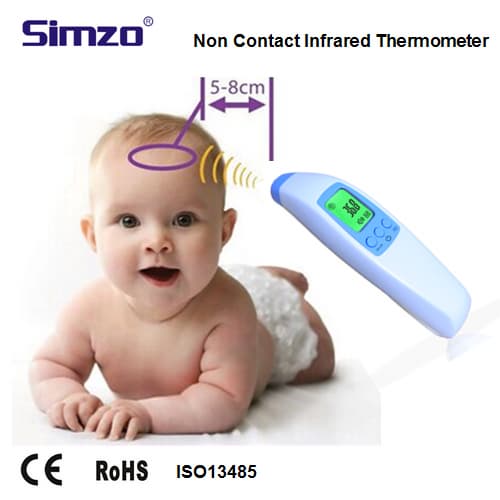 Caution: Do NOT give your baby any fever medicine before being seen.
Caution: Do NOT give your baby any fever medicine before being seen. - Fever over 104° F (40° C)
- Shaking chills (shivering) lasting more than 30 minutes
- Nonstop crying or cries when touched or moved
- Won't move an arm or leg normally
- Dehydration suspected. No urine in over 8 hours, dark urine, very dry mouth and no tears.
- Weak immune system. Examples are sickle cell disease, HIV, cancer, organ transplant, taking oral steroids.
- Your child looks or acts very sick
- You think your child needs to be seen, and the problem is urgent
Contact Doctor Within 24 Hours
- Age 3-6 months old with fever
- Age 6-12 months old with fever that lasts more than 24 hours. There are no other symptoms (such as cough or diarrhea).
- Fever lasts more than 3 days
- Fever returns after gone for more than 24 hours
- You think your child needs to be seen, but the problem is not urgent
Contact Doctor During Office Hours
- You have other questions or concerns
Self Care at Home
- Fever with no other symptoms and your child acts mildly ill
Seattle Children's Urgent Care Locations
If your child’s illness or injury is life-threatening, call 911.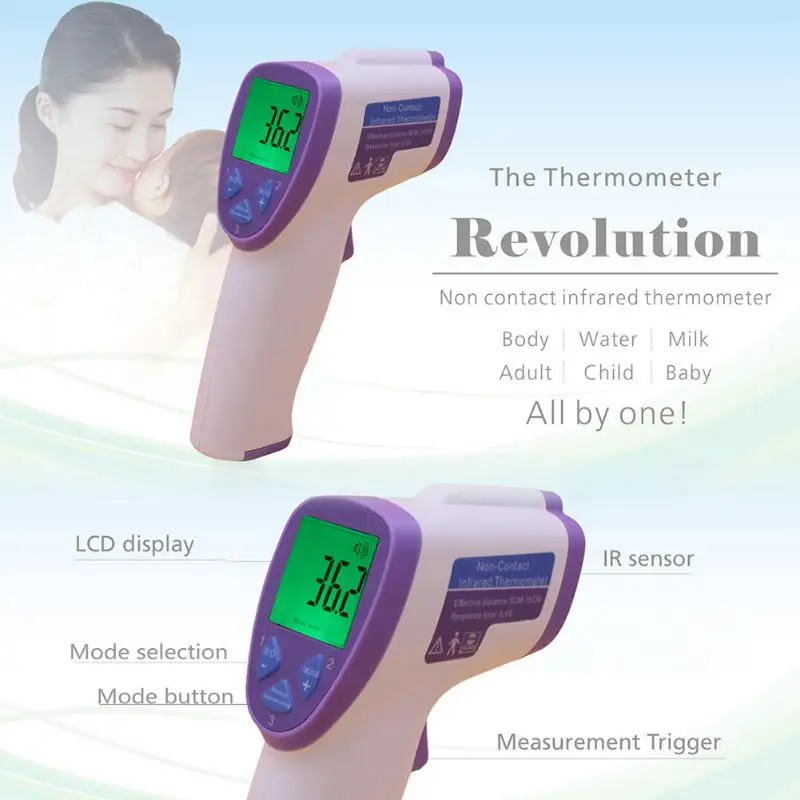
- Bellevue
- Everett
- Federal Way
- Seattle
Care Advice for Fever
- What You Should Know About Fever:
- Having a fever means your child has a new infection.
- It's most likely caused by a virus.
- You may not know the cause of the fever until other symptoms develop. This may take 24 hours.
- For infants more than 3 months old, most fevers are good for sick children. They help the body fight infection.
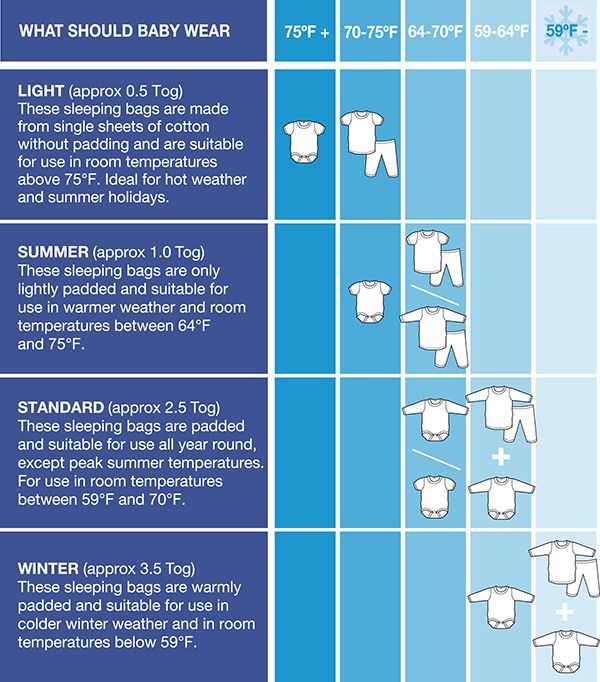
- Use the ranges below to help put your child's level of fever into perspective:
- 100° - 102° F (37.8° - 39° C) Low grade fever: helpful, good range. Don't treat.
- 102° - 104° F (39 - 40° C) Average fever: helpful. Treat if causes discomfort.
- Over 104° F (40° C) High fever: causes discomfort, but harmless. Always treat.
- Over 106° F (41.1° C) Very high fever: important to bring it down. Rare to go this high.
- Over 108° F (42.3° C) Dangerous fever: fever itself can be harmful.
- Treatment for All Fevers - Extra Fluids:
- Fluids alone can lower the fever. Reason: being well hydrated helps the body give off heat through the skin.
- For shivering (or the chills), give your child a blanket. Make them comfortable.
- Offer your child extra water or other fluids by mouth. Cold fluids are better. Until 6 months old, only give extra formula or breastmilk.
- For all children, dress in 1 layer of light weight clothing, unless shivering.
 Reason: also helps heat loss from the skin.
Reason: also helps heat loss from the skin. - For shivering (or the chills), give your child a blanket. Make them comfortable.
- Caution: if a baby under 1 year has a fever, never overdress or bundle up. Reason: Babies can get over-heated more easily than older children.
- Fever Medicine:
- Caution: Do not give a baby under 3 months any fever medicine. Most of these babies will need to be seen.
- For fevers 100°-102° F (37.8° - 39°C), fever meds are not needed. Reason: fevers in this range help the body fight the infection. Fevers turn on the body's imune system. Fevers don't cause any discomfort. Fever meds are mainly needed for fevers higher than 102° F (39° C).
- Give an acetaminophen product (such as Tylenol).
- Another choice is an ibuprofen product (such as Advil) if over 6 months old.
- Goal of treatment: keep the fever at a helpful level. Most often, the fever meds lower the fever by 2° to 3° F (1 - 1.
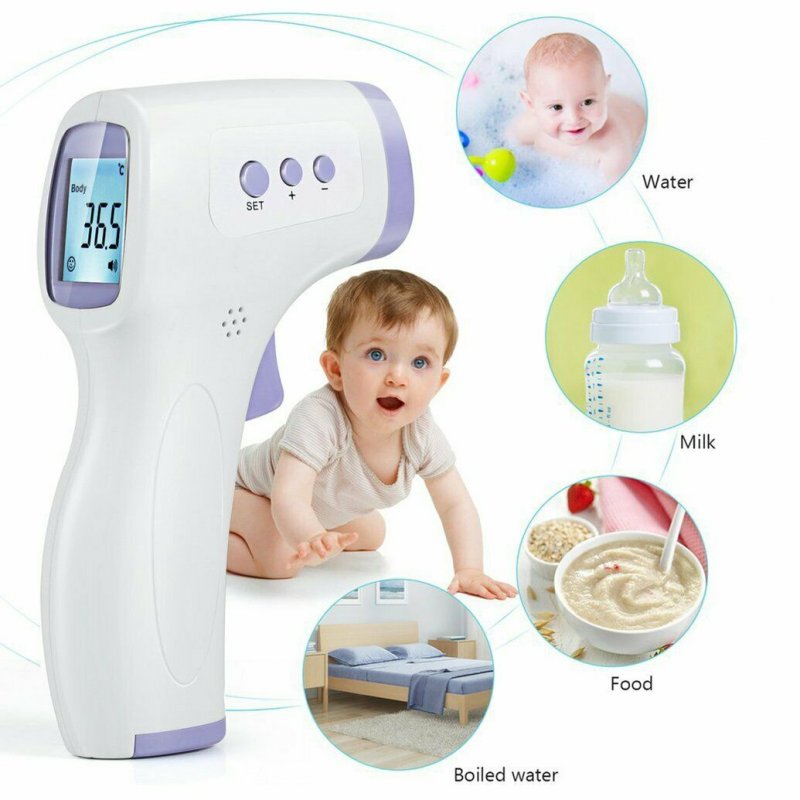 5° C). They do not bring it down to normal. It takes 1 or 2 hours to see the effect.
5° C). They do not bring it down to normal. It takes 1 or 2 hours to see the effect. - Do not use aspirin. Reason: Risk of Reye syndrome, a rare but serious brain disease.
- Do not use both acetaminophen and ibuprofen together. Reason: Not needed and a risk of giving too much.
- Pain: fever does not cause pain. If your child also has pain, it's from the infection. It may be a sore throat or muscle pain. Treat the pain, if it's more than mild.
- Return to Child Care:
- Your child can return to child care after the fever is gone. Your child should feel well enough to join in normal activities.
- What to Expect:
- Most fevers with viral illnesses range between 101° and 104° F (38.4° and 40° C).
- They may last for 2 or 3 days.
- They are not harmful.
- Call Your Doctor If:
- Your child looks or acts very sick
- Any serious symptoms occur such as trouble breathing
- Fever goes above 104° F (40° C)
- Any fever occurs if less than 12 weeks old
- Fever without other symptoms lasts more than 24 hours
- Fever lasts more than 3 days (72 hours)
- You think your child needs to be seen
- Your child becomes worse
And remember, contact your doctor if your child develops any of the 'Call Your Doctor' symptoms.
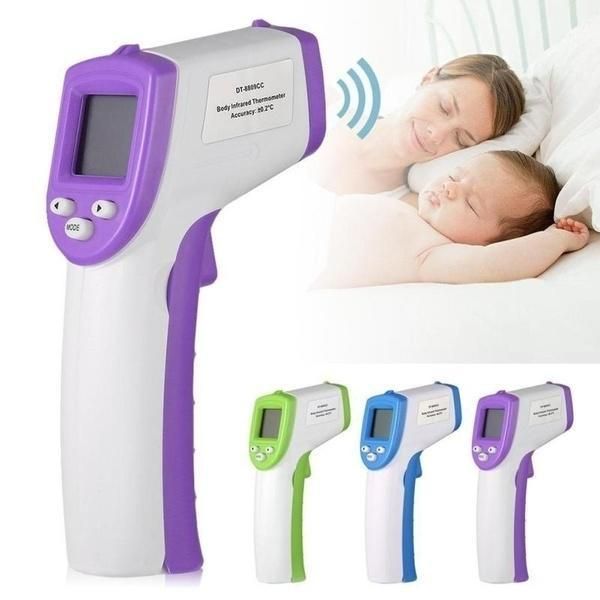
Disclaimer: this health information is for educational purposes only. You, the reader, assume full responsibility for how you choose to use it.
Last Reviewed: 10/30/2022
Last Revised: 09/18/2022
Copyright 2000-2022 Schmitt Pediatric Guidelines LLC.
How to take your baby's temperature
A normal temperature in babies and children is about 36.4C, but this can vary slightly. A high temperature or fever is usually considered to be a temperature of 38C or above.
Your baby may have a high temperature if they:
- feel hotter than usual to touch on their forehead, back or stomach
- feel sweaty or clammy
- have flushed cheeks
If you think your baby has a high temperature, it's best to check their temperature with a thermometer. This can help you work out whether you need to get medical advice.
H
ow do I take my child's temperature?Credit:
BSIP SA / Alamy Stock Photo https://www. alamy.com/stock-photo-temperature-newborn-baby-49307905.html?pv=1&stamp=2&imageid=94A02E88-088A-403B-B54A-C19B0B0991C6&p=163953&n=0&orientation=0&pn=1&searchtype=0&IsFromSearch=1&srch=foo%3dbar%26st%3d0%26pn%3d1%26ps%3d100%26sortby%3d2%26resultview%3dsortbyPopular%26npgs%3d0%26qt%3dCT64MH%26qt_raw%3dCT64MH%26lic%3d3%26mr%3d0%26pr%3d0%26ot%3d0%26creative%3d%26ag%3d0%26hc%3d0%26pc%3d%26blackwhite%3d%26cutout%3d%26tbar%3d1%26et%3d0x000000000000000000000%26vp%3d0%26loc%3d0%26imgt%3d0%26dtfr%3d%26dtto%3d%26size%3d0xFF%26archive%3d1%26groupid%3d%26pseudoid%3d788068%26a%3d%26cdid%3d%26cdsrt%3d%26name%3d%26qn%3d%26apalib%3d%26apalic%3d%26lightbox%3d%26gname%3d%26gtype%3d%26xstx%3d0%26simid%3d%26saveQry%3d%26editorial%3d1%26nu%3d%26t%3d%26edoptin%3d%26customgeoip%3d%26cap%3d1%26cbstore%3d1%26vd%3d0%26lb%3d%26fi%3d2%26edrf%3d0%26ispremium%3d1%26flip%3d0%26pl%3d
alamy.com/stock-photo-temperature-newborn-baby-49307905.html?pv=1&stamp=2&imageid=94A02E88-088A-403B-B54A-C19B0B0991C6&p=163953&n=0&orientation=0&pn=1&searchtype=0&IsFromSearch=1&srch=foo%3dbar%26st%3d0%26pn%3d1%26ps%3d100%26sortby%3d2%26resultview%3dsortbyPopular%26npgs%3d0%26qt%3dCT64MH%26qt_raw%3dCT64MH%26lic%3d3%26mr%3d0%26pr%3d0%26ot%3d0%26creative%3d%26ag%3d0%26hc%3d0%26pc%3d%26blackwhite%3d%26cutout%3d%26tbar%3d1%26et%3d0x000000000000000000000%26vp%3d0%26loc%3d0%26imgt%3d0%26dtfr%3d%26dtto%3d%26size%3d0xFF%26archive%3d1%26groupid%3d%26pseudoid%3d788068%26a%3d%26cdid%3d%26cdsrt%3d%26name%3d%26qn%3d%26apalib%3d%26apalic%3d%26lightbox%3d%26gname%3d%26gtype%3d%26xstx%3d0%26simid%3d%26saveQry%3d%26editorial%3d1%26nu%3d%26t%3d%26edoptin%3d%26customgeoip%3d%26cap%3d1%26cbstore%3d1%26vd%3d0%26lb%3d%26fi%3d2%26edrf%3d0%26ispremium%3d1%26flip%3d0%26pl%3d
Ideally, you need a digital thermometer to get a fast, accurate reading.
You can buy these online or from pharmacies and most large supermarkets.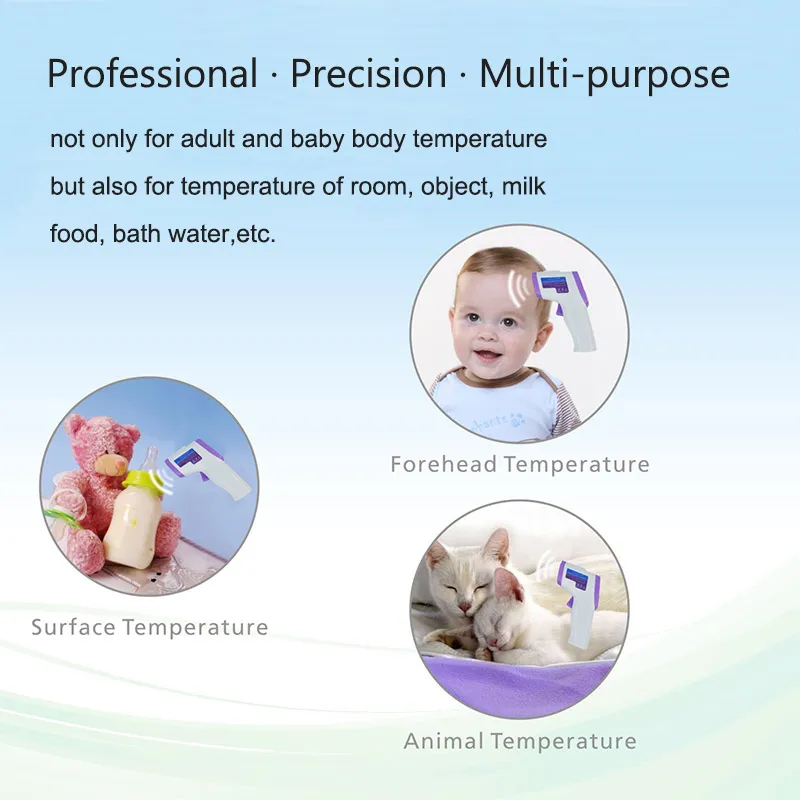
To take your child's temperature:
- Hold them comfortably on your knee and put the thermometer in their armpit – always use the thermometer in the armpit with children under 5 years.
- Gently, but firmly, hold their arm against their body to keep the thermometer in place for however long it says in the manufacturer's instructions – usually about 15 seconds. Some digital thermometers beep when they're ready.
- The display on the thermometer will then show your child's temperature.
If you use a digital thermometer in your child's armpit and follow the manufacturer's instructions carefully, you should get an accurate reading.
There are a few things that can slightly alter the reading – for example, if your child has been:
- wrapped up tightly in a blanket
- in a very warm room
- very active
- cuddling a hot water bottle
- wearing a lot of clothes
- having a bath
If this is the case, allow them to cool down for a few minutes, but do not let them get cold or shivery, then take their temperature again to see if there's any change.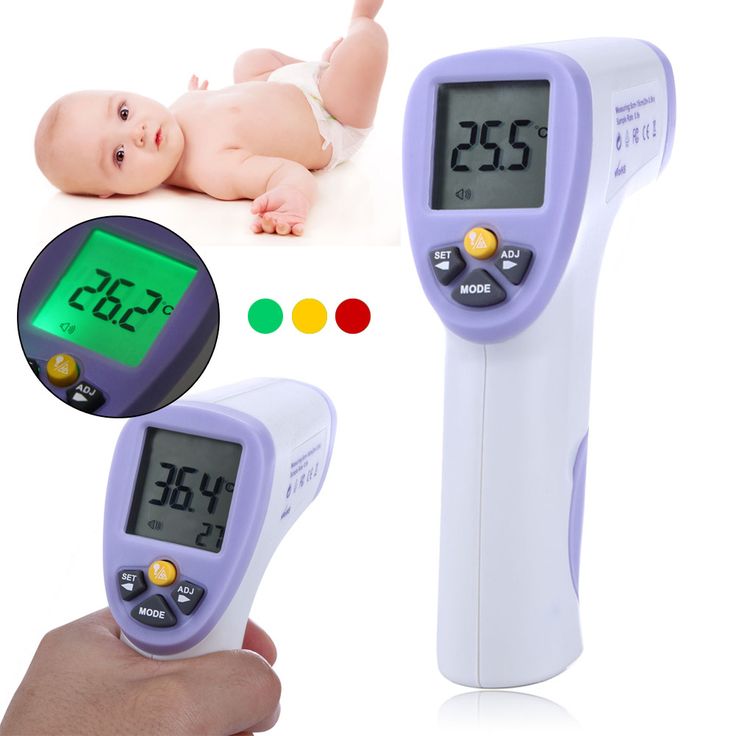
You can buy other types of thermometer, but they may not be as accurate as a digital thermometer for taking a baby or young child's temperature:
- ear (tympanic) thermometers – these allow you to take a temperature reading from the ear and are quick but expensive; they can give misleading readings if you do not put them in the ear correctly, which is more likely to happen with babies because their ear holes are so small
- strip-type thermometers – these are held against the forehead and are not an accurate way of taking a temperature. They show the temperature of the skin, rather than the body
You should never use an old-fashioned glass thermometer containing mercury. These can break, releasing small splinters of glass and highly poisonous mercury. They're no longer used in hospitals and you cannot buy them in shops.
If your child is exposed to mercury, get medical advice immediately.
A high temperature is usually a sign that your child's body is trying to fight an infection.
Some babies and young children get a high temperature after having their vaccinations. This should go away quite quickly by itself. If you're concerned, speak to a health visitor or GP.
What should I do if my baby has a high temperature?You can usually look after your baby or child at home when they have a high temperature. Make sure you give them plenty of drinks, to avoid dehydration. If you're breastfeeding, offer your baby plenty of feeds.
Always contact a GP or call 111 if:
- your child has other signs of illness, such as a rash, as well as a high temperature
- your baby's temperature is 38C or higher if they're under 3 months old
- your baby's temperature is 39C or higher if they're 3 to 6 months old
If you need to speak to someone outside normal surgery hours, you can call your GP surgery's out-of-hours service (if they have one) or NHS 111.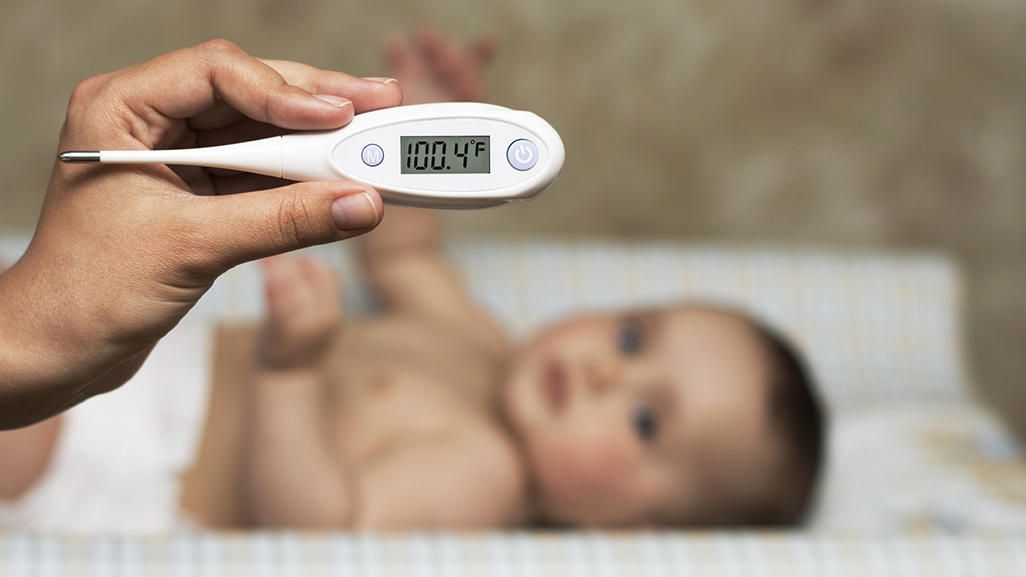
Read more about what to do if your child has a high temperature.
Community content from HealthUnlocked Page last reviewed: 27 February 2020
Next review due: 27 February 2023
Normal values of body temperature in children, measurement of the child's body temperature
It is believed that a healthy child should have a body temperature of 36.6 °C. And its increase over 37 degrees is regarded as a sign of illness. But it is not so.
Body temperature depends on age and measurement area. It can increase after physical exertion, emotional arousal and feeding.
Devices and time for measuring body temperature
To determine the temperature, the following types of thermometers are used:
-
digital;
-
mercury;
-
infrared.
The optimal time for thermometry is 7-9 am and 17-19 pm. As prescribed by the doctor, the determination of the temperature during the day in children can be performed 3-4 times.
As prescribed by the doctor, the determination of the temperature during the day in children can be performed 3-4 times.
What temperature is considered normal for a child?
Immediately after the birth of a newborn, the temperature of his body decreases by 1-2 ° C, then within 24 hours it rises to 36-37 ° C. In the first 3 months of a baby's life, its indicators are unstable and depend on external factors: air temperature in the room, sleep, food intake. Normally, these fluctuations do not exceed 0.6 °C per day. For children of the first year of life, a temperature of 37.7 is the norm.
The average body temperature for a child is 37°C. Usually in the morning - 36.3 ° C, and in the evening it can rise to 37.6 ° C.
In what areas can the temperature of children be taken?
Underarm
The temperature measurement time under the arm is 5-10 minutes and depends on the type of device.
In the rectum
It is used in children under 5 years of age and in debilitated patients.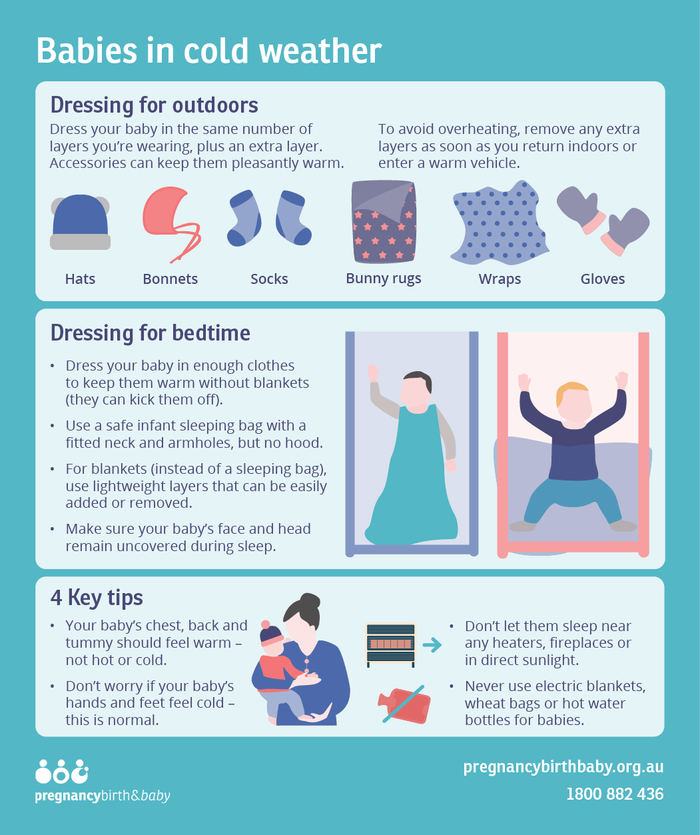 For this method, it is desirable to use medical electronic thermometers with a soft tip. It will take 1-1.5 minutes to determine the rectal temperature.
For this method, it is desirable to use medical electronic thermometers with a soft tip. It will take 1-1.5 minutes to determine the rectal temperature.
Oral
The procedure is performed both under the tongue and behind the cheek. Contraindications to the use of this method are: children under 4-5 years of age, increased excitability and impaired nasal breathing. The duration of temperature measurement by the oral method is from 10 seconds to 3 minutes.
In the ear
The temperature in the ear is measured with an infrared sensor. The tip of the thermometer is inserted into the ear canal and the result appears on the display.
On forehead
Forehead temperature can be measured with a contact and non-contact thermometer. It will take 3 to 5 seconds to get the result. If the baby is sleeping or excited, then it is more convenient to use a non-contact method for measuring temperature.
Crotch
Mainly used in infants.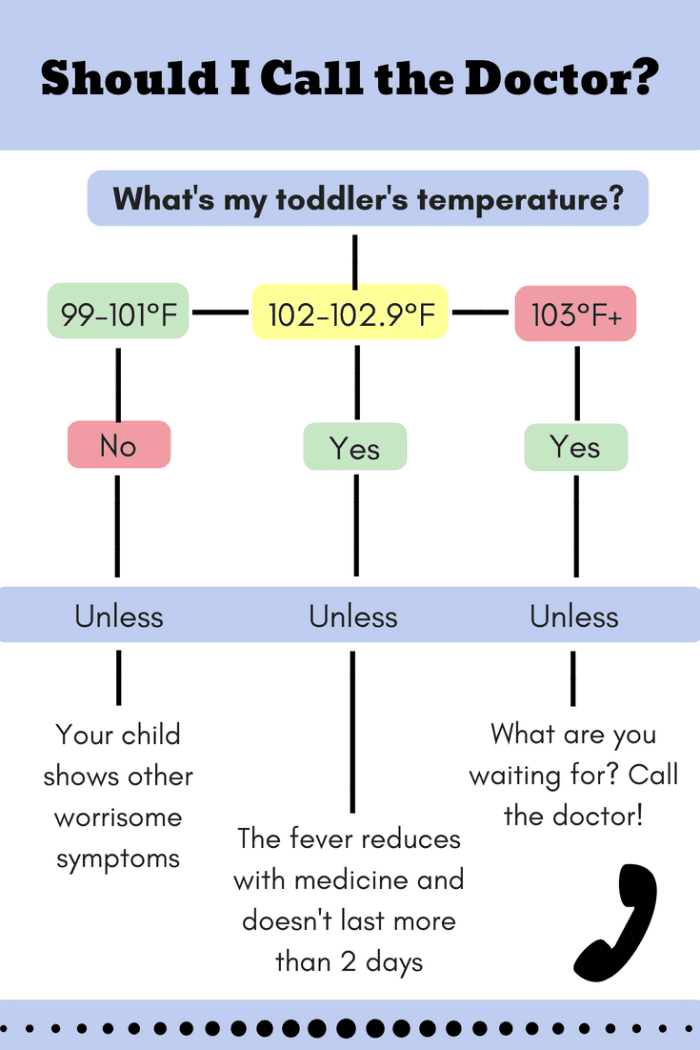 The measurement time in the inguinal fold is 5 minutes. The method is inconvenient because the baby is not easy to keep in one position during this time.
The measurement time in the inguinal fold is 5 minutes. The method is inconvenient because the baby is not easy to keep in one position during this time.
Ranges of normal temperature in children depending on age and area of measurement are presented in the following table:
| 0-2 years | 3-10 years | 11-18 years old | |
|---|---|---|---|
| In the armpit | 34.7 - 37.2 | 35.8 - 36.6 | 35.1 - 36.8 |
| On the forehead | 36.7 - 37.5 | 36.7 - 37.5 | 36.5 - 37.4 |
| in the ear | 36.3 - 37.7 | 36.3 - 37.7 | 36.7 - 37.8 |
PARENT REFERENCE
Fever in a child. What to do?
1 If your child's temperature suddenly rises (he was still healthy an hour ago), do not panic. As a rule, this is an acute respiratory disease, because it is ARI that makes up about 90% of childhood infections.
As a rule, this is an acute respiratory disease, because it is ARI that makes up about 90% of childhood infections.
2. If the day before the child already had symptoms of infection (malaise, runny nose, sore throat, cough, change in voice, moderate pain in the abdomen), then this is most likely a manifestation of the child's body's protective reaction to this infection .
3. If the child tolerates elevated body temperature well up to 39-39.60, is older than 6 months, and does not have serious concomitant diseases, then do not rush to reduce it. Make sure your child has enough to drink for adequate perspiration (drinking temperature should be around body temperature for rapid absorption). The air in the room should be cool (18-200) to cool the upper respiratory tract, as well as the entire body of the child. Under no circumstances should babies be wrapped.
4. If a child does not tolerate fever or has a severe concomitant pathology, we begin to reduce the temperature, or rather, we strive to improve the child's well-being. For this, a decrease in temperature to the norm is not required (remember the protective role of elevated temperature). We use drugs ibuprofen and paracetamol (trade names may be different) approved for children in the Russian Federation in the form of syrups, drops, suppositories and tablets. The main thing is not to exceed the recommended daily dose of the drug. To improve well-being, the minimum dose of the drug indicated in the instructions may be sufficient. Typically, drug-resistant fevers are associated with the child's inability to sweat (drinks little or the child has a "pale" type of fever).
For this, a decrease in temperature to the norm is not required (remember the protective role of elevated temperature). We use drugs ibuprofen and paracetamol (trade names may be different) approved for children in the Russian Federation in the form of syrups, drops, suppositories and tablets. The main thing is not to exceed the recommended daily dose of the drug. To improve well-being, the minimum dose of the drug indicated in the instructions may be sufficient. Typically, drug-resistant fevers are associated with the child's inability to sweat (drinks little or the child has a "pale" type of fever).
What should not be done when the temperature is high?
• Do not wrap up the child
• If he is pale and his extremities are cool ("pale" type of fever), do not use ice and cold water for cooling
• Do not use aspirin, analgin, etc., to reduce body temperature, medicines not approved for fever in children
How soon should the child be seen by a doctor?
If the child's health does not suffer (especially after the temperature drops), you can see a doctor the next day.